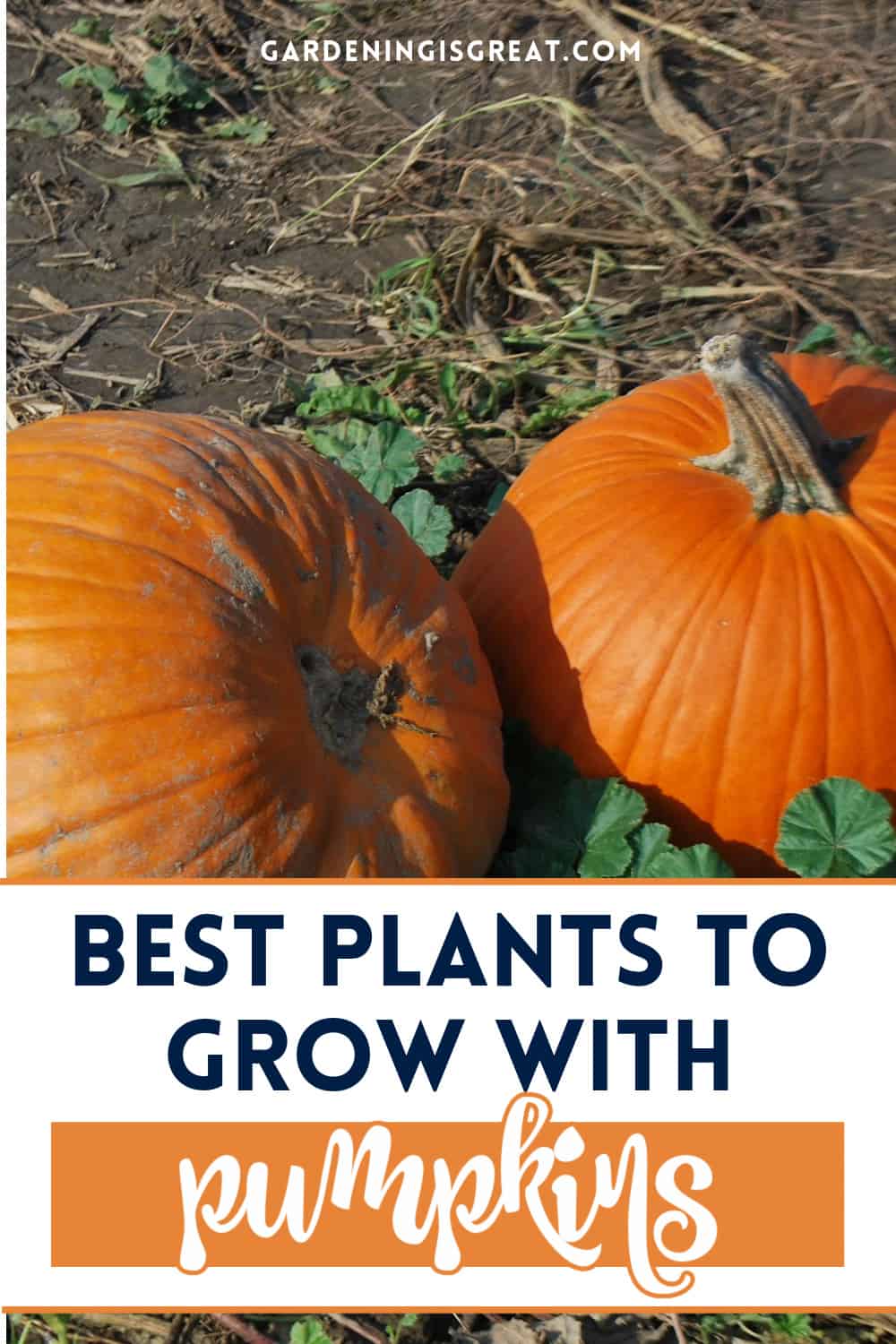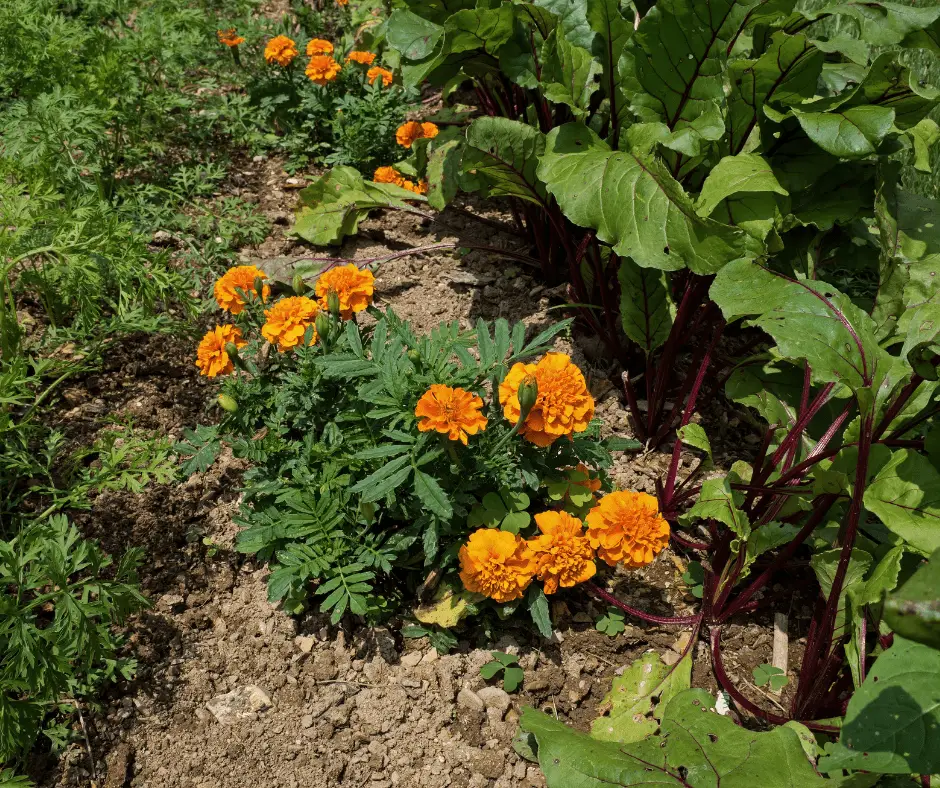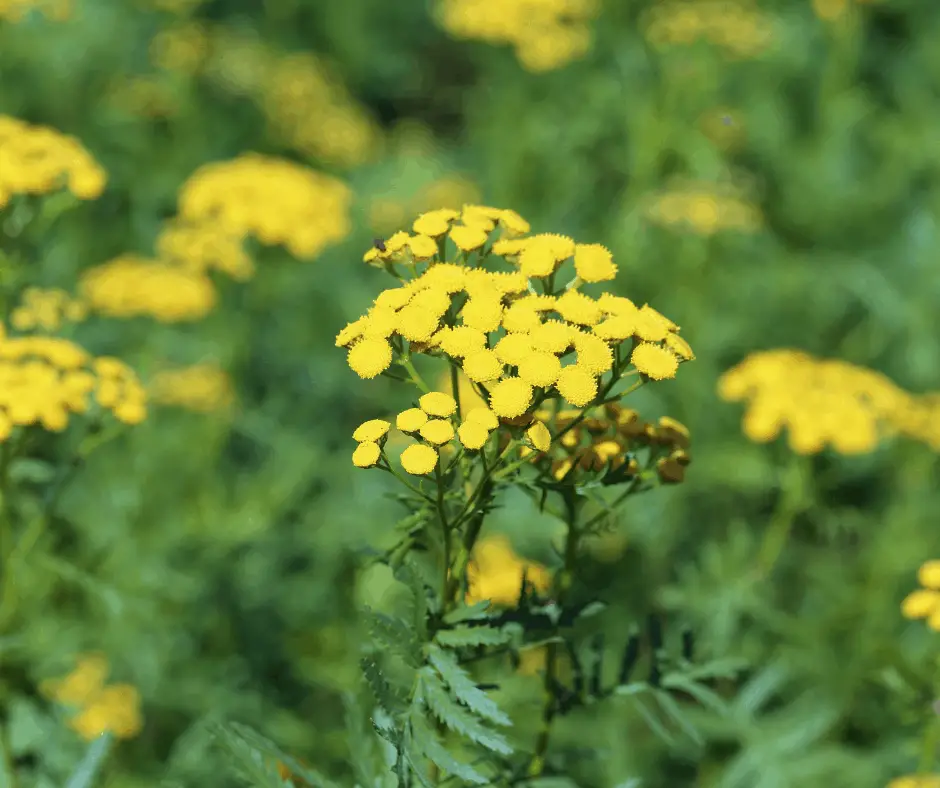Best Companion Plants for Pumpkins
This post may contain affiliate links. Please see the privacy policy for details.
Looking to grow pumpkins? Take a look at these best companion plants for pumpkins to achieve a successful harvest.
Growing pumpkins is incredibly rewarding. Starting from a tiny seed to those large, iconic orange pumpkins we all associate with a change in season.
But pumpkins are not a minimal-maintenance kind of plant. They have a long growing season, typically planted in Spring and ready for harvest in Autumn. During that time, they require watering, nutrients added to the soil, and pest control.
What if I told you there was an easier way to succeed at growing pumpkins? You’d be interested right?!
Companion planting is the answer!
Adding companion plants amongst your pumpkins offers several benefits and will help you to achieve a successful harvest. Not to mention benefiting from the companion plants also.
So which companion plants should you choose and which ones to avoid?
This post will share 6 of the best companion plants for pumpkins that will help your pumpkins to thrive.

Benefits of Adding Companion Plants with Pumpkins
So I have shared with you that planting companion plants amongst your pumpkins provide several benefits. But what are they? Take a look at these 4 benefits of adding companion plants to your pumpkin patch:
Encourage Pollinators
We know how invaluable pollinators are when growing crops. Pollinators thrive in a garden that offers a variety of plants. Companion planting enables you to provide that.
By planting a range of brightly colored and scented flowers amongst your pumpkins, you encourage more pollinators to visit your garden. When they visit these flowers, they will also stop at your pumpkin plants when they are in flower.
Reduce Pests
Pests are a gardener’s worst nightmare. One minute there aren’t any, and the next day you find your pumpkins infested with pests.
Companion planting helps to break up a section of the same crop. This helps minimize an infestation to occur amongst all of your pumpkins.
Companion plants can either be chosen as sacrificial plants, to attract the pests away from your pumpkins. Or, can be selected to deter pests completely.
Maximizing Space
You may love gardening, but feel limited by the space available in your garden. Or you might have a small outdoor paved area rather than a garden at all.
You can still grow a range of plants through companion planting. This method of planting helps to maximize the space available and plant a range of crops and/or flowers in the same area.
The plants chosen must complement one another rather than compete, making it an ideal option for you if you are limited by space.
Additional Nutrients
Pumpkins need a lot of nutrients. Any pumpkin grower will tell you that throughout a pumpkin’s growing season, they have had to add additional fertilizer to the soil to feed their pumpkins.
This requires a lot of time, maintenance, and money.
Instead, by planting specific companion plants alongside your pumpkins, you can provide them with more of the nutrients they need, naturally.
Top Tips When Choosing Companion Plants for Pumpkins
Before you choose which companion plants you want to add amongst your pumpkins, make sure to check:
- The plants provide a mutual benefit to one another and have an equal relationship. Otherwise, either your companion plant or your pumpkin’s growth will suffer.
- They are not harmful to your pumpkins. Certain plants if planted near your pumpkins will have catastrophic outcomes for your harvest.
- Will not compete for the space or nutrients that your pumpkins require to grow.
- Can survive and thrive in the same growing conditions as your pumpkins.
- You have accounted for the space needed for each plant to grow.
6 Best Companion Plants for Pumpkins
Now you know what to look for in companion plants, here is a list of 6 companion plants that will benefit your pumpkins. Your pumpkins in turn provide:
- Ground cover with their vines helps to minimize any weeds that might compete with your plants
- Protection from the sun so the soil does not overheat and retains moisture.
Marigolds
Marigolds are a popular companion plant for many crops. Though their bright flowers help to attract pollinators, they are mostly used as a deterrent for pests.
Marigolds help to deter a range of pests from whitefly to cabbage moths and cabbage worms to aphids.

For our pumpkins, marigolds specifically help to deter root-knot nematodes. These pests are particularly good at harming the root of your pumpkins and can kill your plants.
Marigolds however secrete a chemical that helps to suppress them and keep them away from your precious pumpkins.
Corn
Corn makes an excellent companion plant for pumpkins. As the corn grows upwards, it maximizes the space available whilst not competing with your pumpkins.
Corns’s main role is actually to act as a support for pole beans. These beans are beneficial to your pumpkins and without corn to support their growth, you would need to purchase and erect trellis or poles within your garden.
Corn, pole beans, and pumpkins planted together are referred to as the Three Sisters due to being planted too closely together and supporting one another.
Pole Beans
As mentioned above, pole beans are beneficial to your pumpkins. They are high in nitrogen, a vital nutrient your pumpkins need to grow.
Pole beans release nitrogen into the soil which the pumpkins can access via their spread out roots.
Sunflowers
Sunflowers can also be used in place of corn for their firm and thick stems. Pole beans can grow around the sunflower stems easily and use these as an alternative for support.
Sunflowers have a dual benefit as a companion plant for pumpkins as they attract pollinators, primarily bees. Planting these amongst your pumpkins will help draw in pollinators which will then pollinate your pumpkins too.
Tansy
Tansy is a tall herb with small yellow flowers. This beautiful plant packs a punch and must be carefully handled if you choose to use this as a companion plant.
The essential oil produced from tansy plants is highly toxic to both animals and humans. It is often used in medicine, but in very small quantities, so it’s best to not consume this plant.

However, planting tansy’s near your pumpkins can provide benefits that outweigh the cons. Tansy helps to draw up potassium from the soil making it easier to access. As we’ve already discussed, pumpkins need a lot of nutrients to grow, potassium being one of them.
By planting Tansy as a companion plant for your pumpkins, they help your pumpkins to access the potassium within the soil around them.
Marjoram
Unlike the other companion plants, marjoram improves the taste of your pumpkins. Marjoram is similar to oregano, only sweeter. It is an excellent herb to grow and use in the kitchen along with the other vegetables in your vegetable garden.
By planting marjoram alongside the vines of your pumpkins, it helps to improve their taste when they are ready for harvest.
What Can You NOT Plant with Pumpkins
Not all plants will benefit your pumpkins and some should be avoided. These plants will compete with your pumpkins for space above and under the soil. Their roots grow long and wide and they require a lot of nutrients from the soil around them.
Planting these crops will harm your pumpkins growth:
- Potatoes
- Beetroot
- Cauliflower
- Brussel Sprouts
- Onions
If you are wanting to maximize the space in your garden whilst also supporting your pumpkins to grow, planting companion plants is a good option.
These 6 companion plants for pumpkins offer support with nutrients, pest control, and attracting pollinators. By adding these to your pumpkin patch, you can almost guarantee a good pumpkin harvest.
Wanting to grow pumpkins this year, why not check out our blog post series to help you have a successful harvest:
